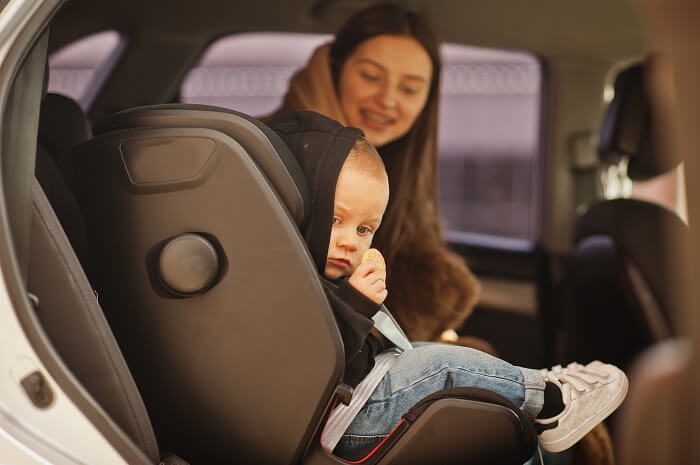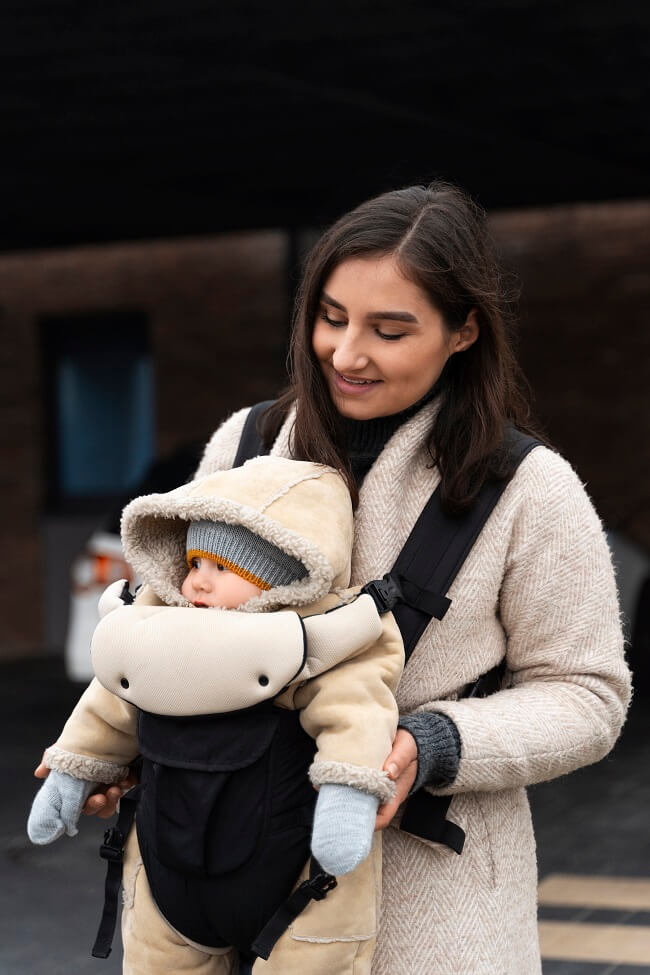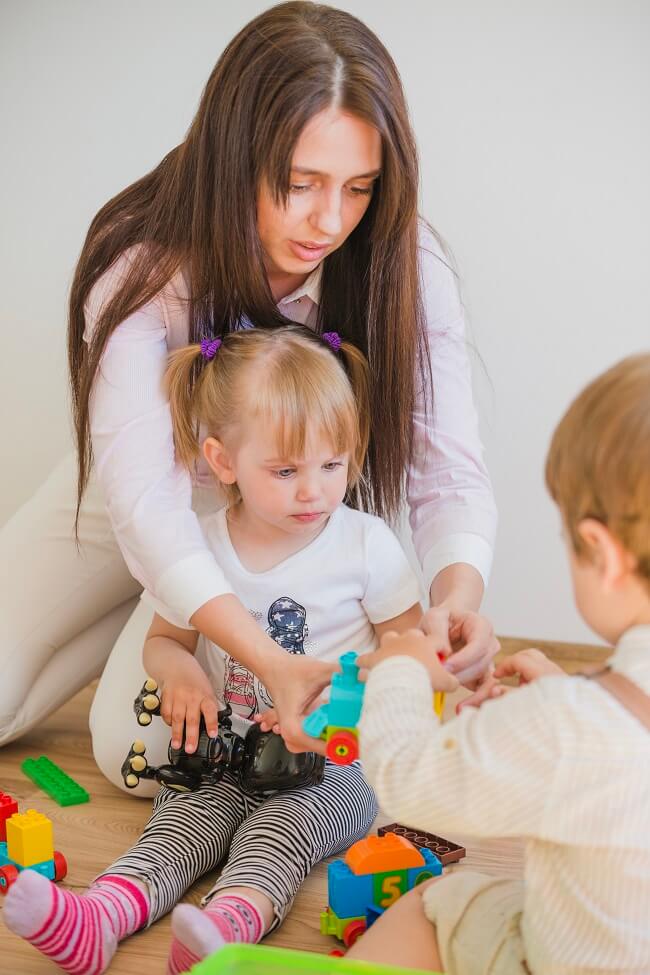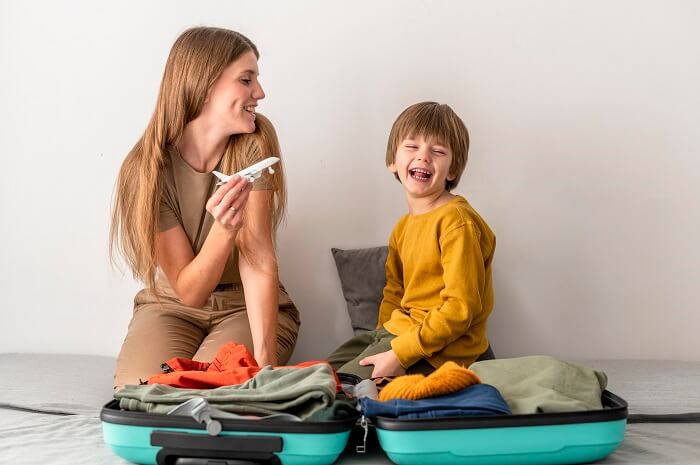Hacks for Traveling with Babies on Long Flights
Traveling with babies or toddlers on long flights can be a daunting task for parents. The thought of keeping them calm, comfortable, and entertained throughout the journey can be overwhelming. However, with the right preparation and strategies in place, it is possible to have a smooth and enjoyable travel experience. In this article, we will explore some essential hacks and tips that will help parents navigate long flights with their little ones.
I. Preparing for the Flight
A. Booking a Suitable Flight
When planning a trip with babies or toddlers, it's crucial to choose a flight that suits their schedule and needs. Opt for flights that align with their nap or sleep times to increase the chances of a peaceful journey. Additionally, consider booking seats with extra legroom or near the bulkhead, as it allows more space for your child to move around.
B. Packing Essentials
Packing efficiently is essential when traveling with babies or toddlers. Carry essential items such as diapers, wipes, extra clothing, and snacks in your carry-on bag. It's also wise to pack a few favorite toys or comfort items to keep your child engaged and content during the flight.
C. Documentation and Logistics
Don't forget to carry all necessary documents, including passports, identification, and medical records for your child. Check the airline's policies regarding traveling with infants or toddlers and ensure you comply with any requirements. Plan your logistics in advance, such as arranging airport transfers and considering the availability of strollers or car seats at your destination.

II. In-Flight Strategies
Once you've boarded the flight, it's important to have strategies in place to ensure the comfort and well-being of your child throughout the journey.
A. Comfort and Entertainment
Creating a comfortable environment for your child during the flight is key. Dress them in layers, as temperatures on the plane can vary. Bring a cozy blanket or their favorite stuffed animal to provide a sense of familiarity. Additionally, consider bringing a travel pillow or cushion to enhance their comfort during sleep.
Entertainment is crucial to keep your child engaged and occupied. Pack a variety of age-appropriate toys, books, and coloring materials to entertain them during the flight. Consider interactive games or apps on tablets or smartphones as well, but use them in moderation.
B. Sleep and Routine
Maintaining your child's sleep routine can help them feel secure and well-rested during the journey. Bring their favorite sleep essentials, such as a small pillow or a blanket that carries the scent of home. Try to stick to their regular bedtime routine, including reading a bedtime story or singing a lullaby before sleep.
If your child struggles to sleep on the plane, consider using noise-canceling headphones or playing soothing music to create a calming atmosphere. Dimming the cabin lights and blocking out any excessive light can also aid in promoting sleep.
C. Feeding and Hydration
Proper feeding and hydration are crucial during long flights. Ensure you have enough formula, breast milk, or baby food for the duration of the journey. Airlines usually provide warm water for preparing bottles, but it's advisable to check with them in advance.
For older toddlers, pack a variety of snacks they enjoy and offer them at regular intervals to keep them nourished and content. Encourage them to drink water or juice to stay hydrated throughout the flight.

III. Dealing with Challenges
Despite your best efforts, challenges may arise during the flight. Here are some strategies to handle common issues:
A. Ear Pressure and Discomfort
During takeoff and landing, changes in air pressure can cause discomfort for children. To alleviate this, encourage your child to swallow by offering a bottle, pacifier, or sippy cup during these times. For older children, chewing gum or eating a small snack can also help equalize ear pressure.
B. Managing Diaper Changes
Changing diapers on a plane can be tricky, but with some preparation, it becomes manageable. Pack a portable changing pad, diapers, wipes, and disposable bags in your carry-on. Most airplanes have changing tables in the lavatories, but it's a good idea to check with the flight attendants for assistance or alternative options.
C. Managing Tantrums and Restlessness
Children can become restless or throw tantrums during long flights. Stay calm and patient, as your child can pick up on your emotions. Bring along their favorite toys or comfort items to distract them. Engage them in interactive games, storytelling, or sing-alongs to keep their attention focused. Walk up and down the aisle occasionally to stretch their legs, if permitted by the crew.
IV. Tips for Arrival and Beyond
Upon reaching your destination, there are a few considerations to ensure a smooth transition for your child.
A. Adjusting to the New Environment
Babies and toddlers thrive on routine, so maintaining a familiar routine in the new environment can help ease their transition. Stick to their regular sleep and meal times as much as possible. Bring along their favorite bedtime story or a nightlight to create a sense of familiarity in their new surroundings.
B. Exploring the Destination
While traveling with a baby or toddler may require some adjustments, it's still possible to explore and enjoy your destination. Research child-friendly attractions and activities in advance. Look for parks, zoos, museums, or playgrounds that cater to young children. Plan activities that are age-appropriate and take breaks as needed to ensure your child doesn't become overwhelmed.
Consider using a baby carrier or a lightweight stroller for easier mobility while exploring. Remember to pack essential items like sunscreen, snacks, and extra clothing for your child.
Conclusion
Traveling with babies or toddlers on long flights may seem daunting, but with careful preparation and effective strategies, it can be a rewarding experience for both parents and children. By booking a suitable flight, packing essential items, and managing in-flight challenges, you can ensure your child's comfort and well-being. Remember to maintain their sleep routine, provide entertainment and engage them during the flight, and address any challenges that may arise. Upon arrival, focus on adjusting to the new environment and exploring child-friendly attractions. With flexibility, patience, and a positive attitude, you can create lasting memories while traveling with your little one.

FAQs
Can I bring baby food and formula through airport security?
Yes, you can bring baby food, formula, and breast milk through security. However, they may be subject to additional screening, so inform the security officers beforehand.
Are there any age restrictions for using child car seats on airplanes?
Each airline has its own policies regarding the use of child car seats on airplanes. Some allow them for infants and toddlers, while others have age or weight restrictions. Check with your airline beforehand for specific guidelines.
What if my child refuses to wear headphones during the flight?
If your child refuses to wear headphones, try using noise-canceling headphones designed for children or opt for small earbuds that are more comfortable. Alternatively, you can play the audio at a low volume and hold one earbud to their ear.
What if my child gets motion sickness during the flight?
Motion sickness can be common among children during flights. Consult your pediatrician before the trip for suitable remedies or medications to alleviate symptoms. Additionally, ensure proper ventilation and encourage your child to look out the window at a stable point on the horizon.
How can I handle jet lag for my child after a long flight?
To help your child adjust to a new time zone, gradually shift their sleep and meal times closer to the local schedule before the trip. Upon arrival, encourage exposure to natural daylight and maintain a consistent sleep routine to aid in adjusting their internal clock.


